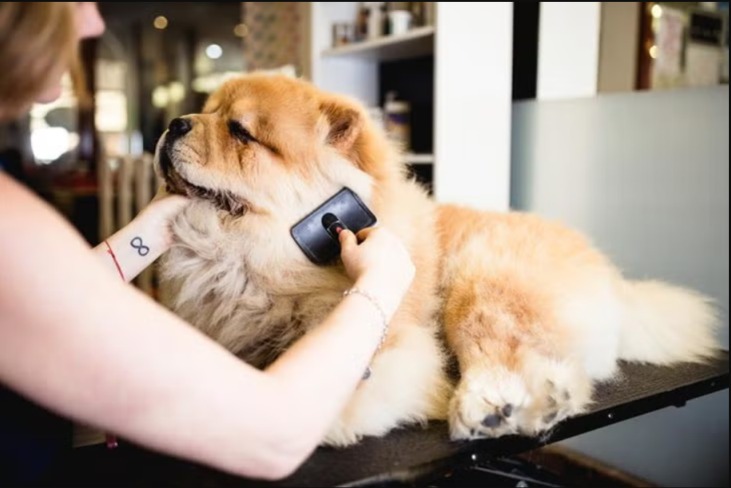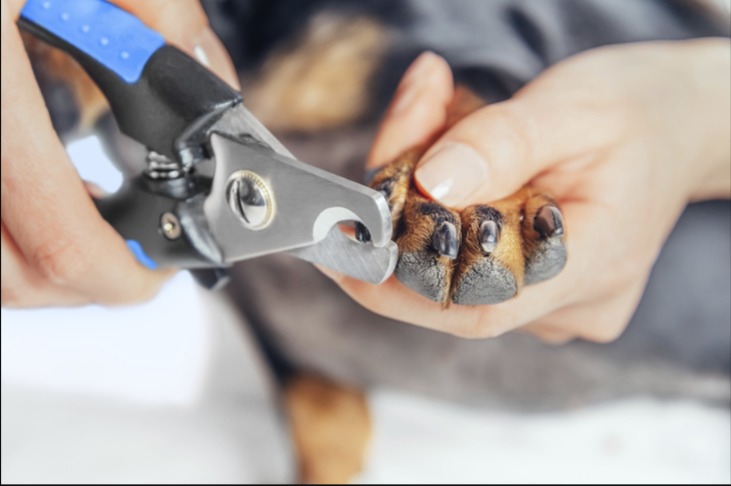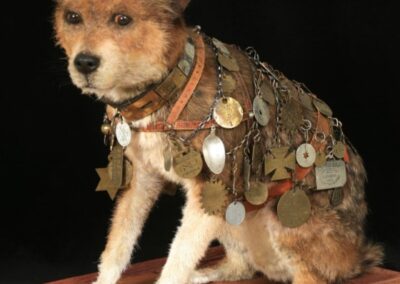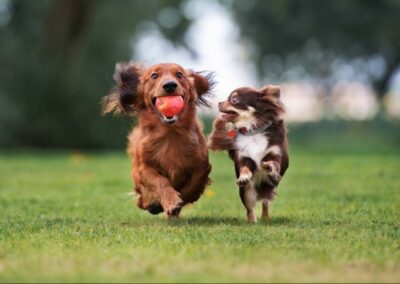
Let’s be real: if your dog could talk after a grooming session, they’d probably say, “Don’t ever skip this again, you heartless slob.” Grooming isn’t optional—it’s survival.
Cleanliness keeps your dog healthy, preserves your sanity, and stops your vacuum from crying for mercy.
Here’s how to master it—step by step.
- Know Your Tools—Don’t Fight Your Dog’s Coat
You wouldn’t mow a lawn with hedge clippers, so why use the wrong brush on your dog? The AKC lays it out: slicker brushes for mats and dead hair, pin brushes for long coats, bristle brushes for shorter fur, and rubber curry combs for that post-shake shine.
Get the right brush, and grooming goes from torture to therapy.
- Brush Regularly—Not Just Before Guests Arrive
This isn’t “once in a blue moon” care. Regular brushing removes dirt, debris, prevents painful mats, and keeps shedding under control. It also gives you the chance to catch cuts, scrapes—or that burr hiding behind their ear.
You want to be the owner who inspects daily, not the one who sees the “DIY furball” after it’s a two-week job.
- Bathtime: Technique Over Chaos
Don’t overdo baths—it strips essential oils and dries the skin. Use just enough shampoo to clean, rinse thoroughly, and towel dry before blow-drying (if needed). Always use dog-specific shampoo—human stuff wrecks their pH.
Cotton balls in the ears, a few drops of mineral oil in the eyes—those are the pro-level moves that keep things from going sideways.

- Clip Nails Before They Clip Your Patience
If you can hear nails tapping the floor, something’s already broken. Trim just the tip—chop into the “quick,” and you’ve got garlic-clot-worthy bleeding on your hands. Use safety-shielded clippers, go slow, and do a nail or two a day if that’s all your dog can handle.
If your dog’s crawling off in terror? Train them to accept it. Incidents don’t just happen—they’re earned.
- Clean Ears, Don’t Damage Them
Monthly tuning is enough unless Lyme or yeast is throwing parties. Clean only the outer part with a cotton ball and mineral oil. Go deeper and you risk ear canal flair-ups. If you smell dew or see red, call the vet.
- Eyes, Teeth, and Nose—Don’t Forget the Rest
Eyes: Wipe away gunk gently with a warm, damp cloth. No scrubbing the eyeballs.
Teeth: Tartar starts building in 48 hours. Brush daily—or at least a few times a week—with dog-safe toothpaste. Chewers help, but don’t skip brushing.

- Start Grooming the Day They Arrive
Experts recommend introducing puppies to handling ASAP. Touch their feet, play with their ears, and let them sniff brushes. By the time they hit twelve weeks, they’ll walk into the groomer like it’s a spa.
You’re not raising a puppy—you’re raising a collaboration artist. Don’t sabotage it by waiting.
Final Word: Grooming Is Not Optional
A well-groomed dog means:
Skin and coat that doesn’t stink or itch.
Fewer vet visits for infections or ingrown nails.
A bond formed on trust—not drama.
You don’t just brush. You don’t just bathe. You care. And if grooming feels like a chore, remember: you chose the dog—they didn’t choose you. The least you can do is show up.
Because when your dog is scratching at your drawers or chewing on you out of discomfort—that’s on you. Do the work. Keep the tools sharp.
Teach your dog that grooming isn’t fear—it’s normal life. And that life is a million times better with a clean, happy pup by your side.



